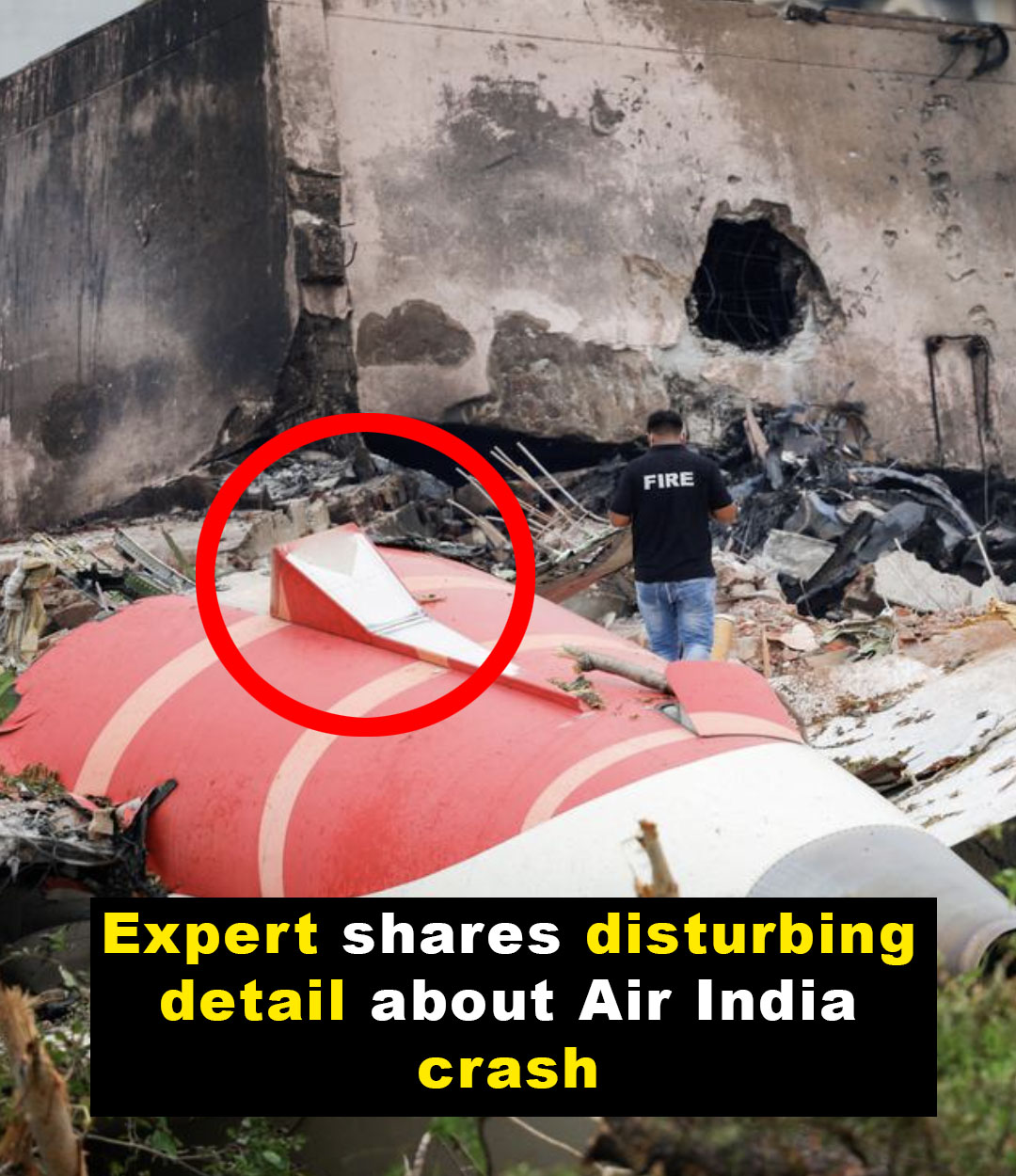While the official cause remains undetermined, early insights from aviation experts point to a possible sudden loss of engine thrust—potentially leading to a stall, a scenario in which the aircraft loses lift and becomes uncontrollable. Dr. Sonya Brown, an aerospace design specialist, explained, “If thrust is lost, speed drops—and with it, lift. That can cause a stall almost immediately after takeoff.”
Weather has been ruled out as a factor. Professor Paul Williams, an atmospheric scientist, confirmed that visibility was clear and wind speeds were minimal at the time.
This incident marks the first major fatal crash involving a Boeing 787 Dreamliner, a model long considered one of the safest in commercial aviation. Professor Graham Braithwaite of Cranfield University noted that takeoff is one of the most vulnerable moments in flight. “The aircraft is still climbing, and pilots have very little time to diagnose and respond to problems during those early seconds.”
Former airline captain Terry Tozer called the crash “baffling” and emphasized how rare it is for an aircraft to experience total failure so soon after takeoff. “This is a critical phase. Normally, there’s still room to abort or recover. That didn’t happen here.”
As the investigation continues, grief is pouring in from around the world. Families are mourning the sudden loss of loved ones. First responders are coping with the trauma of what they witnessed. And aviation officials are urgently searching for answers to ensure such a tragedy never happens again.
What remains now is heartbreak—and a desperate need for clarity. The flight was short, but its impact will last a lifetime.
May the victims rest in peace, and may comfort come to those left behind.

